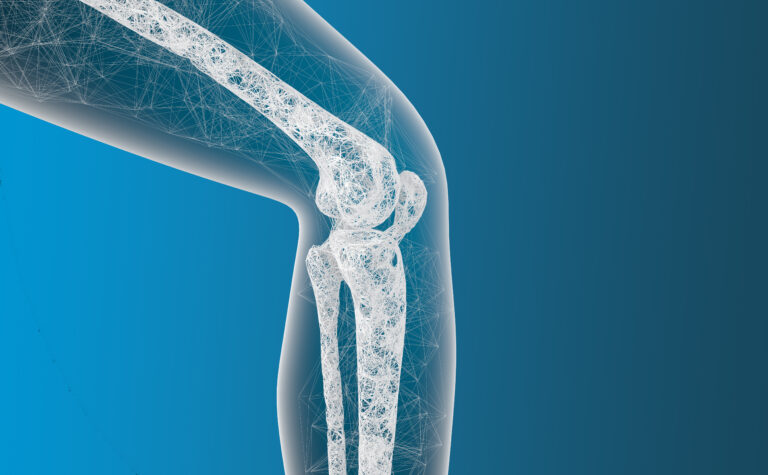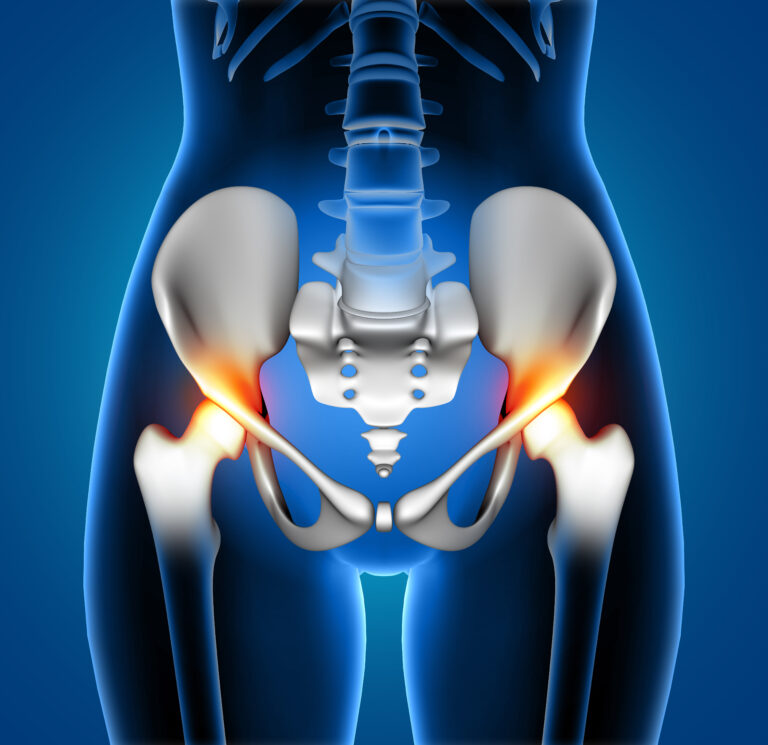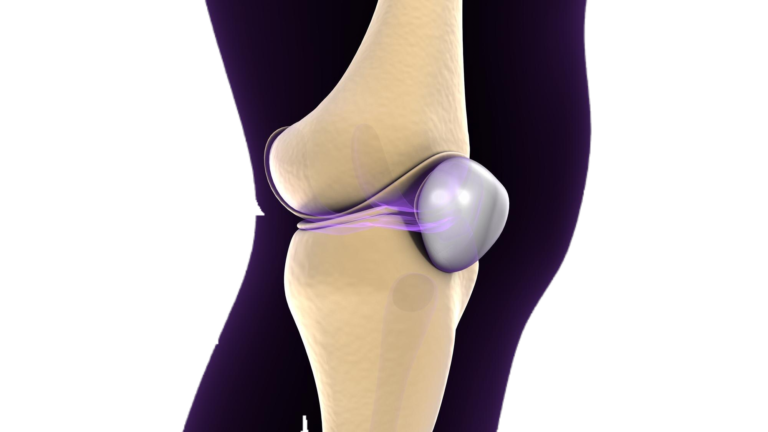
Introduction
Minimally invasive orthopedic surgeries are a modern approach to treating a wide range of musculoskeletal conditions. These procedures use small incisions and specialized instruments, which minimize tissue damage, reduce the risk of complications, and promote quicker recovery. In recent years, minimally invasive techniques have revolutionized the way orthopedic surgeons treat conditions such as joint replacements, fractures, ligament injuries, and spinal disorders. For women seeking effective and less traumatic solutions to orthopedic problems, minimally invasive surgery offers a promising option. This guide explores the benefits of these procedures and outlines the recovery process.
Overview
Minimally invasive orthopedic surgeries, also known as “keyhole” surgeries, involve using small incisions, endoscopic cameras, and specialized surgical instruments to perform the procedure. These techniques allow surgeons to treat orthopedic conditions with less disruption to surrounding tissues, offering significant advantages over traditional open surgery. Some of the most common minimally invasive procedures include arthroscopic joint repairs, spinal fusion, and minimally invasive hip or knee replacement surgeries. Although the procedures themselves are less invasive, they still require careful rehabilitation and post-operative care for a successful recovery.
Benefits of Minimally Invasive Orthopedic Surgeries
- Smaller Incisions and Reduced Scarring:
One of the most significant benefits of minimally invasive orthopedic surgeries is the small size of the incisions. Surgeons can access the affected area with precision through tiny incisions, reducing scarring and preserving healthy tissue. This is particularly important for women concerned with cosmetic outcomes after surgery. - Less Pain and Faster Recovery:
Because minimally invasive techniques cause less trauma to the body, patients typically experience less pain after surgery. The reduced soft tissue damage leads to less inflammation and a faster recovery. Patients can often return to daily activities and work more quickly than with traditional surgeries. - Reduced Risk of Infection:
Smaller incisions also mean a lower risk of infection. With less exposure of internal tissues to the external environment, the chances of post-surgical infections are significantly reduced, leading to a safer recovery. - Shorter Hospital Stay:
Minimally invasive surgeries often require a shorter hospital stay, with some patients able to go home on the same day or within 24 hours after the procedure. This allows patients to return to the comfort of their homes sooner and begin rehabilitation under professional guidance. - Quicker Rehabilitation:
Recovery after minimally invasive surgery is typically quicker than traditional open surgery. Patients can begin physical therapy and rehabilitation sooner, which accelerates the recovery process and helps patients regain strength and function faster. - Less Blood Loss:
Minimally invasive procedures generally cause less blood loss compared to traditional surgeries. This is particularly important for patients with pre-existing conditions such as anemia or those concerned with blood transfusion risks.
Potential Risks and Complications
- Limited Access for Complex Cases:
While minimally invasive surgeries are ideal for many conditions, some complex orthopedic problems may not be treatable with these techniques. Surgeons may need to resort to traditional open surgery for more complicated cases or when the minimally invasive procedure is not providing optimal results. - Longer Surgical Time for Some Procedures:
Although minimally invasive techniques reduce recovery time, the actual surgery may take longer due to the precision required in performing the procedure through small incisions. - Risk of Nerve or Blood Vessel Injury:
As with any surgery, there is a risk of damaging surrounding tissues. Although rare, the use of small incisions and specialized instruments can sometimes lead to inadvertent injury to nerves or blood vessels, which may complicate recovery. - Increased Need for Skilled Surgeons:
Minimally invasive surgeries require surgeons who are specially trained and skilled in these techniques. The lack of direct visibility during the procedure can increase the complexity, and a lack of expertise may lead to complications.
Understanding the Recovery Process
- Immediate Post-Surgical Care:
After minimally invasive surgery, most patients are able to walk and engage in light activity within a few hours or days. Depending on the procedure, patients may need to use crutches or a brace to protect the surgical site during the early stages of recovery. Ice and elevation may be used to manage swelling and discomfort. - Physical Therapy:
For optimal recovery, physical therapy plays a crucial role in the rehabilitation process. Therapy focuses on improving range of motion, strength, and stability in the affected area. Therapy may begin as soon as the day after surgery and gradually progress to more challenging exercises as healing occurs. - Gradual Return to Activity:
While recovery time varies by procedure, many patients are able to return to normal activities, including work and exercise, within a few weeks to a few months. The goal is to gradually build up strength and functionality in the affected joint or area while avoiding overexertion. - Follow-Up Appointments:
Regular follow-up visits with the orthopedic surgeon are essential to monitor progress, ensure that healing is on track, and address any concerns. X-rays or other imaging techniques may be used to confirm that the surgical site is healing properly.
Factors Influencing Outcomes
- Age and Overall Health:
Younger and healthier individuals typically experience faster and more complete recoveries from minimally invasive surgery. However, even patients in their later years can benefit from these procedures with proper management and rehabilitation. - Type of Surgery:
The specific type of minimally invasive orthopedic surgery performed will influence the recovery process. For example, knee or hip replacements tend to have more intensive rehabilitation needs compared to arthroscopic surgeries for joint repairs. - Patient Compliance with Post-Operative Care:
Following the surgeon’s instructions and adhering to a rehabilitation plan is crucial for a successful recovery. This includes attending physical therapy sessions, performing at-home exercises, and avoiding activities that could strain the surgical site. - Experience of the Surgeon:
The skill and experience of the surgeon play a significant role in the success of the procedure and the outcome of recovery. It is important to choose a surgeon with expertise in minimally invasive techniques.
Informed Decision-Making
- Consulting with Your Healthcare Provider:
Before deciding on minimally invasive surgery, women should consult with their orthopedic surgeon to discuss the procedure’s benefits, risks, and recovery expectations. It’s important to understand whether this approach is appropriate for their specific condition. - Considering the Recovery Process:
Patients should be prepared for the rehabilitation process, which, although faster than traditional surgery, still requires time, effort, and commitment. Setting realistic expectations and actively participating in recovery will improve outcomes. - Assessing the Risks and Benefits:
Women should consider the potential advantages of minimally invasive surgery, such as reduced pain, faster recovery, and less scarring, alongside the potential risks, such as longer surgery time or the need for specialized surgeons.
Key Takeaway
Minimally invasive orthopedic surgeries offer a range of benefits, including smaller incisions, reduced pain, quicker recovery, and fewer complications. These procedures are ideal for many common orthopedic issues and can significantly enhance a woman’s ability to return to daily activities with improved function. However, the success of minimally invasive surgery depends on a combination of factors, including the patient’s health, the skill of the surgeon, and adherence to the recovery plan. Women considering this type of surgery should work closely with their healthcare provider to ensure it is the right choice for their condition and recovery goals.
Disclaimer
This information is intended for educational purposes only and should not be considered as medical advice. Always consult with a healthcare provider or orthopedic specialist to discuss your specific needs and make informed decisions about treatment options





